Many years ago, I had a position in the training department of my regional airline. In addition to the needs of our own airline, we also did contract training for others. One contracted group was four Belgian pilots who we ran through our normal captain upgrade curriculum for a new European startup and then, when we waved goodbye, thought we’d never see again. About a week later, however, I and another instructor were assigned to go to Belgium to provide required IOE (initial operating experience) for the crews that we had just trained. We thought it might be a fun diversion.

As we arrived in Brussels, tired, jet-lagged and looking forward to going to the hotel, we were met by one of our now-familiar students who whisked us away to an FBO across the field. Apparently, the oral portion of our European ATP equivalency check ride (that nobody had warned us about) was starting in about half an hour, leaving precious little time for a crash course on Euro-centric aero matters that we’d likely have to know. Things like METAR and TAF (that the US hadn’t transitioned to yet), their varied transition altitudes and several other things that we had been blissfully ignorant of. We were told that our “Fed” was a retired Air France Concorde pilot who was described to us as “a colorful individual.”
Sure enough, at exactly the appointed minute and way before we were ready, a distinguished-looking gentleman with a pronounced stoop shuffled Yoda-like into the room. He was dressed in a dapper suit. I was in the same clothes I had left home in and about 20 hours into my 12-hour deodorant. He barked something in French to our instructor, who promptly left the room.
So It Begins
He turned to the two of us and in heavily accented English said: “You gentlemen are Americans?” “Affirmative,” we responded with a nod, the fear of failure now overcoming our exhaustion with adrenaline.
“I have a question. Do you know who the first pilot of the first airplane was?” “Orville Wright,” my partner responded.
“Absolutely wrong,” he said, sternly followed with what was likely a French curse word. “But that is another story for another day. For the purposes of discussion, we will accept the false history that Orville Wright was the first.” He then continued, “Do you know what the very first thing Wilbur said to Orville when he caught up to him? Hmm? Do you know what he said?” We sat silently, dumbfounded.
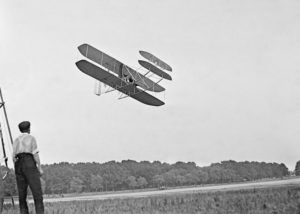
“He told him that he had screwed up. Screwed up!” he said loudly. “They had been arguing about the best way to control the airplane, even before they had flown it. There is a lesson for all pilots in that; do you know what it is?”
“Don’t fly with your brother,” I quipped, letting my inner smart-aleck cloud my judgment and drawing a piercing glare in return.
“The lesson is that there has always been more than one way to fly an airplane.” He said, and continued, “Here in Europe, we are very rigid. We have formulas for everything. Flying is a very precise science to us. We tend to use the airplane as a tool to fly the book,” he said.
“You Americans are different. To us, you are often perceived as a bit lazy and sloppy, but you’re also creative and flexible. You use the book as a tool to fly the airplane. Flying is an art to you. Sometimes I admire that, sometimes not. We are both right and we are both wrong,” he said. Then he leaned forward and said solemnly. “We must learn from each other to find the proper balance.”
He then loosened his tie, sat down and lit up a pipe, and smiled warmly for the first time. He proceeded to throw us a couple of softball oral questions mixed with regaling us with stories of early day airline flying in everything from pistons to the Concorde. It turned out to be a truly wonderful experience that I will never forget.
And Today
Fast forward about 30 years, and I was sitting in my monthly EAA chapter meeting, listening to one of our chapter jefes lecturing the group about how precision landings come from precision traffic patterns. This gentleman has a strong and impressive background in both military and civilian aviation, and I sincerely admire his efforts to serve the members of our chapter. He proceeded to instruct the group on pattern work and mentioned something that really caught my attention. He said something to the effect of when he performs biennial flight reviews, he asks the pilot what precise power setting he or she uses on each leg of the traffic pattern. If the pilot doesn’t have exact numbers in mind, they get instructed on why they should have such settings memorized and consistently use them.
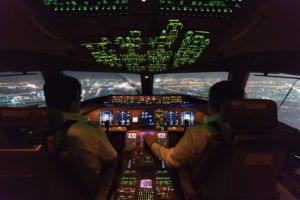
I don’t want to use this article to debate that philosophy, but suffice to say that I totally and emphatically disagree with that notion, for about a dozen different reasons. The short answer to that question that I would practice and preach would be a confident “whatever it takes.” The medium answer would be “whatever it takes to maintain proper airspeed, altitude and descent path, which usually varies with every new arrival situation.” The full answer could be the subject of a separate article of its own. Maybe two.
But here’s the kicker and reason for this discussion now. Two highly experienced and competent aviators have a stark difference of opinion on fundamental aeronautical procedure. It is more common than perhaps we like to admit. Both of us no doubt could make totally logical arguments in defense of our respective positions. We can both be right. We can both be wrong.
Flying is a science.
No, flying is an art.
Real-World Applications
Many years ago I was flying an airline departure out of LAX with an FAA inspector on the jumpseat giving us an official line check. The departure started with the common takeoff to the west, followed by a right turn to the north toward the Van Nuys (VNY) area and a restricted level-off at 8000 feet. When we were handed off to departure, they gave us a new altimeter setting for the VNY airport, which was a couple of tenths different than the LAX altimeter setting. My first officer reset his altimeter, but I, as the pilot flying, did not.
Once we got leveled off at our cruise altitude, it became apparent that our FAA inspector friend had become very agitated. I already suspected why. I asked him if he had something that he would like to discuss, to which he responded that he very much did and out of the blue he launched into a vigorous rebuke at me for not changing my altimeter setting when given a new setting by ATC. (This brought a cheeky smile to the face of my FO who had changed his.) The inspector was quite animated and said that the VNY airport was one of the busiest general aviation airports in the world and that it was my responsibility to be on the same altimeter setting as they were when approaching that area. He said that they were not supposed to discuss violations on line checks while still in the air, but made it clear that he viewed my actions as a serious procedural infraction and would deal with it further when we landed.
I sat quietly for a moment and then I pulled out both the departure procedure (SID) we had been assigned and the very busy arrival (STAR) into LAX in use at the time. I politely pointed out that departures were restricted to 8000 feet because the arrival path crossed right over the top of us at their restricted altitude of 9000 feet. I then, perhaps more smartassedly than I should have, said, “We all know that the arrivals are on the LAX altimeter setting. I’d rather take my chances with a 172 than a 747.”
He sat flummoxed for a moment and then said, “I believe that you are wrong, but you make an interesting argument. I will call the research desk at headquarters and get back to you with the correct answer.” Two points of view on which we each could make a logical case for our respective positions. In the end, it wasn’t that big of a deal. But, as expected, I never did hear back from the inspector.
Flying is a science.
No, flying is an art.
A lot of aviation rules are definitively black or white. If you want to go up, pull back. If you want to go down, pull back further. Nevertheless, there remains a lot of gray in the mix. As I write this, I have been following a private internet thread wherein a dozen or so of my fellow airline pilots, to the amusement of a couple of dozen more onlookers, are disagreeing—no arguing—on how to best land an airliner on a short runway. Tens of thousands of hours and decades of incident-free experience, yet spewing spittle on their keyboards promoting and defending their particular techcedure.
Lest anyone think otherwise, the airline world is amazingly standardized. Even more so now that the Feds have started molding all airlines into standardized cockpit configurations, checklists and procedures from the myriad variances of decades past. Nevertheless, we all have differences of insight, experience, background and preference—and always will. There is procedure and there is technique—both instructor and student must understand and respect the difference between the two.
Aviation has a long quixotic legacy of measuring with a micrometer, marking with a crayon, and then cutting with an ax. Ever since Wilbur told Orville he screwed up, there has been more than one way to fly an airplane—and it’s as true today with hundreds of thousands of pilots as it was when there were only two (perhaps three) pilots on earth.
Flying is an art.
No, flying is a science.
Photos: Shutterstock

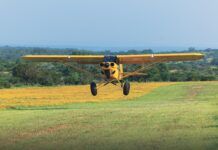

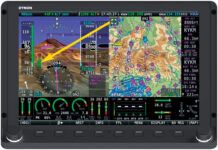
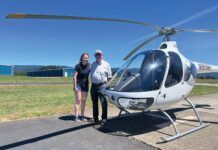
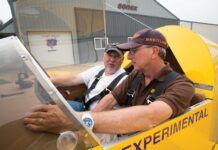
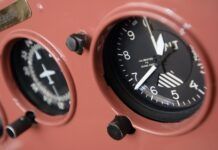
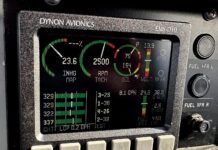
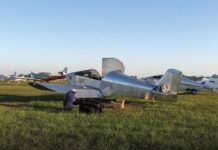



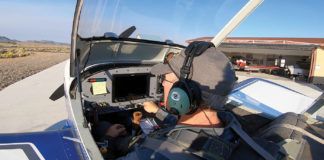
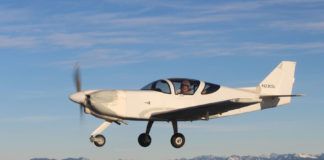
Myron, thanks for the great article! I always enjoy your writing. Here’s my vote: flying is an art!